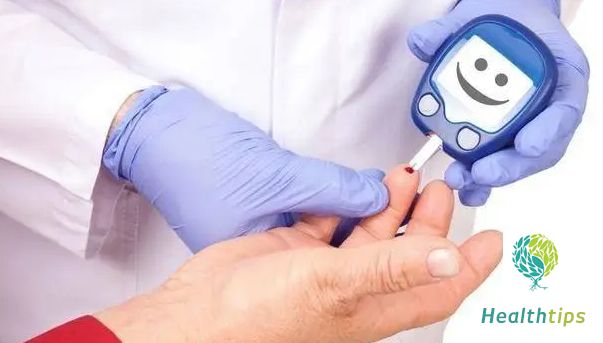Patients with indwelling catheters should have their catheterization devices replaced every 3 days, and the urine storage bottle should be emptied promptly and urine volume recorded. It is recommended for patients to drink plenty of water. Here are some specific instructions:
 1. When the urine storage bottle is full, it should be emptied promptly and the urine volume recorded. When emptying the urine, the end of the rubber drainage tube should not be raised. Instead, the urethral catheter should be clamped to prevent urine reflux.
2. Disposable urine bags, glass tubes, rubber tubes, and urine storage bottles should be replaced every 3 days, and the urethral catheter should be replaced weekly. The external genitalia should be cleaned regularly to keep the urethral orifice clean and prevent infection.
3. For patients with long-term indwelling catheters, the urethral orifice should be disinfected daily with disinfectant solution, and the bladder should be flushed 1-2 times with a closed irrigation method. The irrigation solution bottle should be replaced daily.
4. If there is purulent discharge at the urethral orifice, gently massage the penis from the base forward to facilitate the discharge of urethral secretions.
5. Patients are advised to drink plenty of water.
6. For catheters with balloons, inject 10-20ml of normal saline into the balloon according to the type of catheter before insertion. Check the inflation status and air leakage of the balloon, then insert it into the bladder. Ensure that the entire balloon portion is inserted into the bladder, inject a certain amount of normal saline or methylene blue into the balloon, tie the balloon tube securely with a thin string, and gently pull the catheter outward to fix it.
1. When the urine storage bottle is full, it should be emptied promptly and the urine volume recorded. When emptying the urine, the end of the rubber drainage tube should not be raised. Instead, the urethral catheter should be clamped to prevent urine reflux.
2. Disposable urine bags, glass tubes, rubber tubes, and urine storage bottles should be replaced every 3 days, and the urethral catheter should be replaced weekly. The external genitalia should be cleaned regularly to keep the urethral orifice clean and prevent infection.
3. For patients with long-term indwelling catheters, the urethral orifice should be disinfected daily with disinfectant solution, and the bladder should be flushed 1-2 times with a closed irrigation method. The irrigation solution bottle should be replaced daily.
4. If there is purulent discharge at the urethral orifice, gently massage the penis from the base forward to facilitate the discharge of urethral secretions.
5. Patients are advised to drink plenty of water.
6. For catheters with balloons, inject 10-20ml of normal saline into the balloon according to the type of catheter before insertion. Check the inflation status and air leakage of the balloon, then insert it into the bladder. Ensure that the entire balloon portion is inserted into the bladder, inject a certain amount of normal saline or methylene blue into the balloon, tie the balloon tube securely with a thin string, and gently pull the catheter outward to fix it.




















